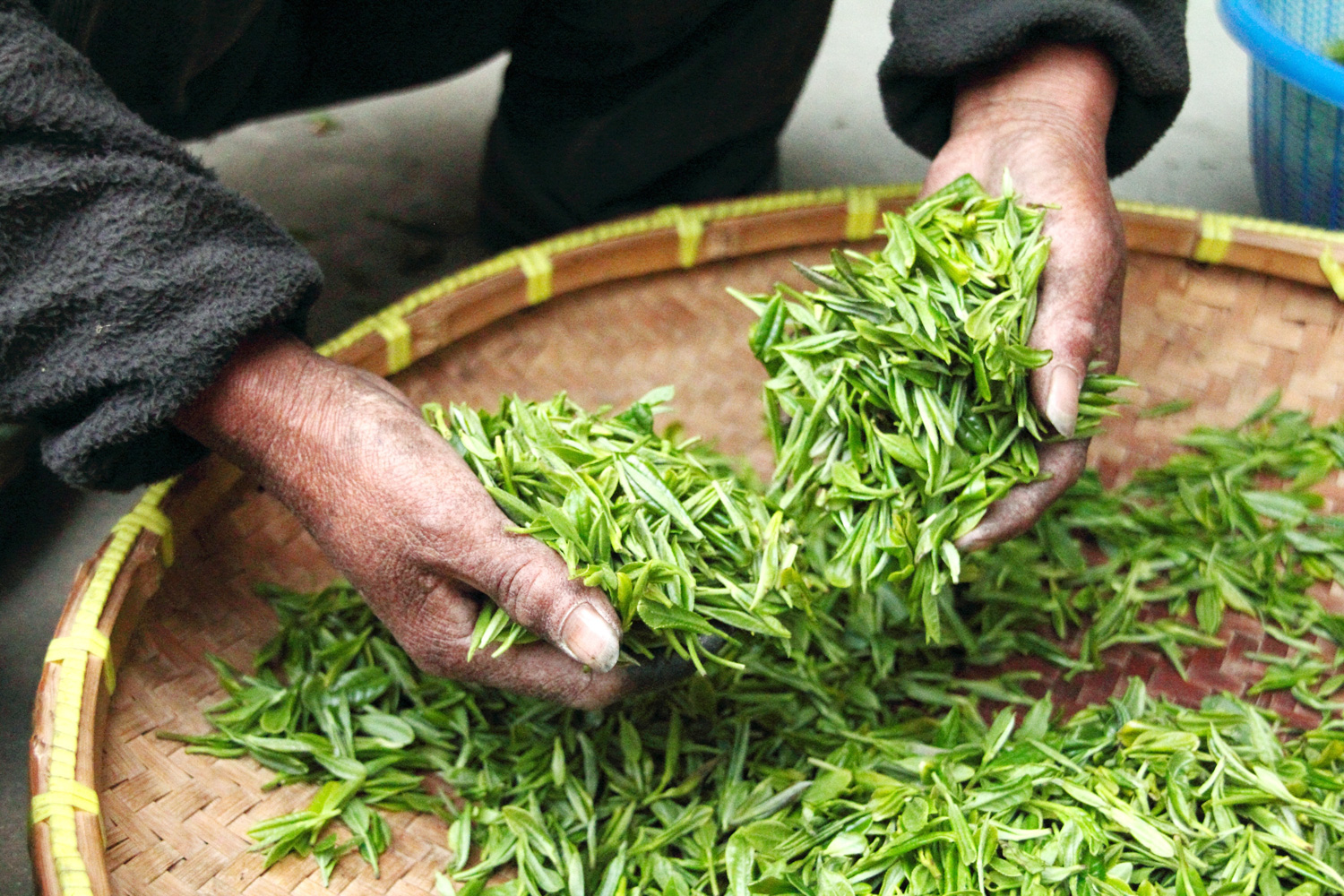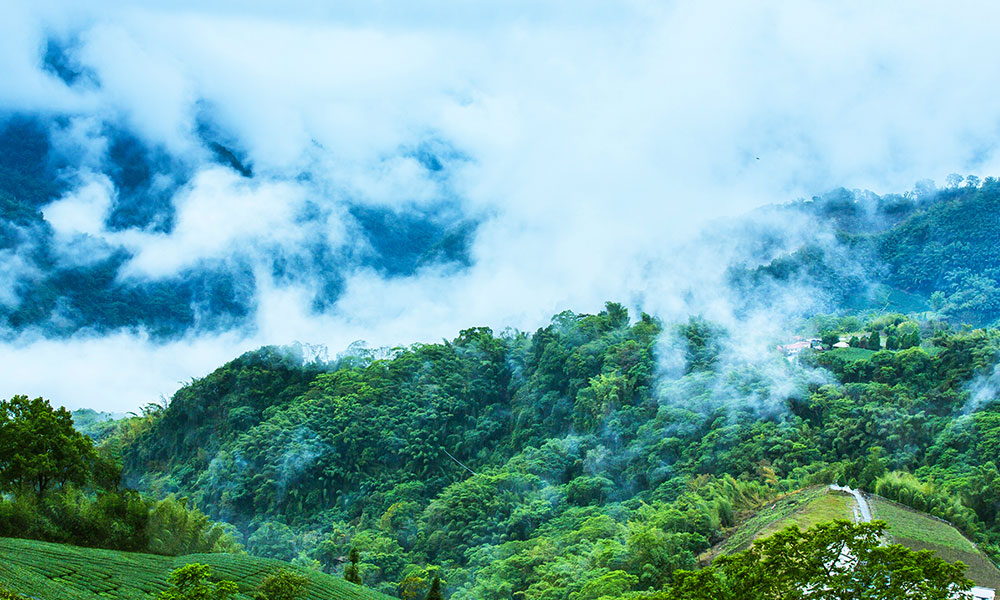Refreshing Asian Side Dishes to Pair with Your Barbecue
Pair your hearty barbecues with these refreshing Asian delights!
Discover the authentic in Asian cuisine food
Around the World, Fresh Produce


Tea is one of the most popular beverages, which means it needs to be produced in huge quantities to satiate the market. Tea plants are mainly cultivated in tropical and sub-tropical climates, usually forest ecosystems rich in biodiversity.
The problem is tea plantations – like most crop producing farms – are monocultures. Basically, they’re hectares and hectares of the same plant. This makes the plantations vulnerable to attack by pests as they lack the biological diversity that would allow natural pest regulation.
To combat this, farmers use chemicals and pesticides to keep the bugs off their crops and keep churning out the leaves we love to steep in water. The problem is the massive scale of tea growing in these delicate ecosystems is having a detrimental impact.
According to Food and Agriculture Organisation statistics (2008), the total areas of tea production in China, India, Sri Lanka, Kenya and Indonesia — the five leading countries in tea cultivation in the world — reached more than 2 million hectares. One area of the world where sustainable tea farming is being looked at in a serious way is Yunan province in China’s west. While a lot of this is consumer driven – the demand for organic and sustainably farmed products has never been higher – there’s no doubt that great strides are being made in this tea rich patch of the world.
So how to best protect the environment and still produce the amount of tea needed to keep jobs and the marketplace happy?

One of the more environmentally friendly methods used is intercropping. This means planting tea plants amongst other tree species. These trees can provide local communities with timber and firewood and some, like – camphor – are thought to improve the quality of the tea.
Intercropping helps conserve water and decrease soil erosion, increases organic soil matter, suppresses weeds and pests and provides shade during the long summer months.
One of the oldest and most impressive examples of intercropping exists high in the hills near Mangjing Village in the south of China’s Yunnan Province. Mangjing is inhabited by the Bulang people who live in amongst the forests at an altitude of about 1,500-2,300 metres.
The ancient tea forest is one of the world’s largest organic tea plantations. The forest is home to ancient tea trees spanning heights of up to 50 feet, some of which are over 1000 years old. The forest has continued to flourish from the beginning of the Chinese Sung Dynasty – Europe’s Middle Ages – to the present due in part to the area’s fertile soil, good climate, lack of pollutants and remoteness from modern cities. Although the plantation contains an area of about 32,000 acres, the actual area that is harvested for tea amounts to roughly 10,000 acres.

The tea plants blend in so naturally with the surrounding forests that it’s impossible to tell the tea apart from the timber.
In a recent study by the Chinese Academy of Sciences, scientists identified 15 rare and endangered plant species in the tea forests, with a total of 244 different plant species found thriving in the tea forests.
Unlike terraced tea plantations, the natural biodiversity of the tea forest protects the plants from pests and weeds, with the local Bulang even suggesting the wasps leave them alone! Because of how well established the trees are, erosion and soil degradation are minimal and keep the area flourishing year on year.

The tea here – produced without polluting fertilisers and pesticides – depends on the forest to survive. The forest depends on the tea which depends on the forest, while the tea provides jobs and income for the people. The ancient forests have turned into a thriving eco-tourism attraction in recent years, which only helps to spread the conservation message.
The local people have joined forces and started the Mangjing Tea Producer Co-operative, with support from the Yunnan Academy of Social Sciences and financial support from the Ford Foundation since 2005. It’s no secret that the tea farmers don’t make much money on the sale of their crops, and this is helping to turn the tide in favour of the primary producer.

By closely monitoring the collection and processing of its tea, the co-op aims to ensure high-quality production and limit the bastardisation of its product. The co-operative also provides members with technical guidance on tea production, forest protection and the improvement of tea by inter-planting other tree species.

Pair your hearty barbecues with these refreshing Asian delights!

What are the properties of ginger, and how to pick, store and use ginger in your cooking? Find out here!

Yummify your summer dishes with the savoury and versatile fish sauce – the Southeast Asian flavour-maker!